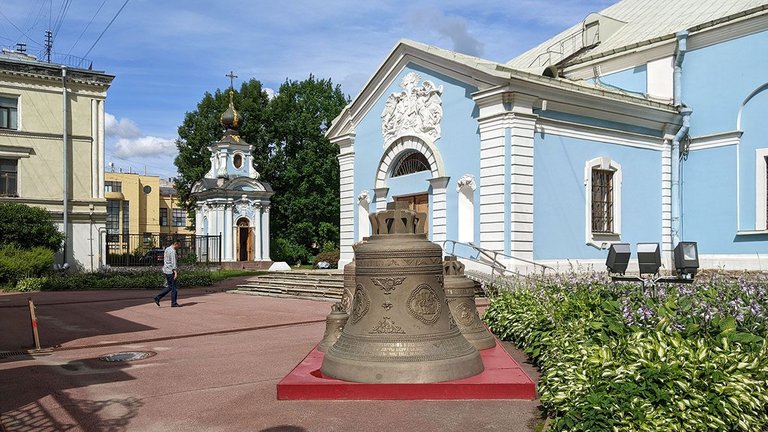
Greetings, friends! This time I decided to go for a walk on the former city outskirts. This area is not very far from the central historical part of the city, if we count the distance in a straight line. But if we look at a map, we can immediately see the geographical obstacle that prevented the rapid development of these areas. The historical centre is located on the opposite bank of the wide and full-flowing Neva River. This neighbourhood was not very popular with the wealthy public until fixed bridges were built.
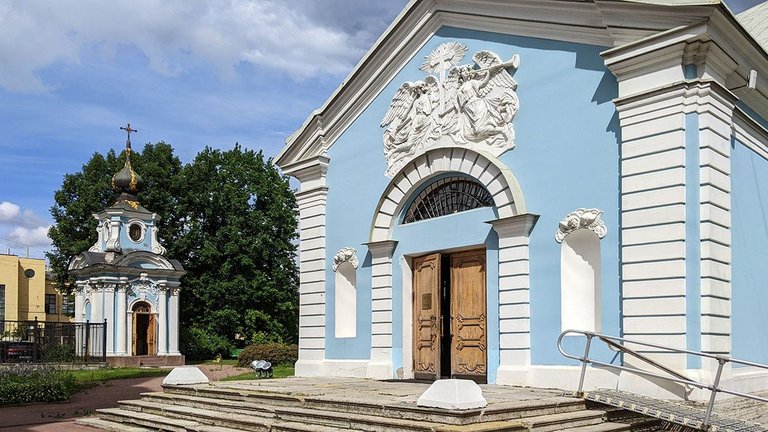
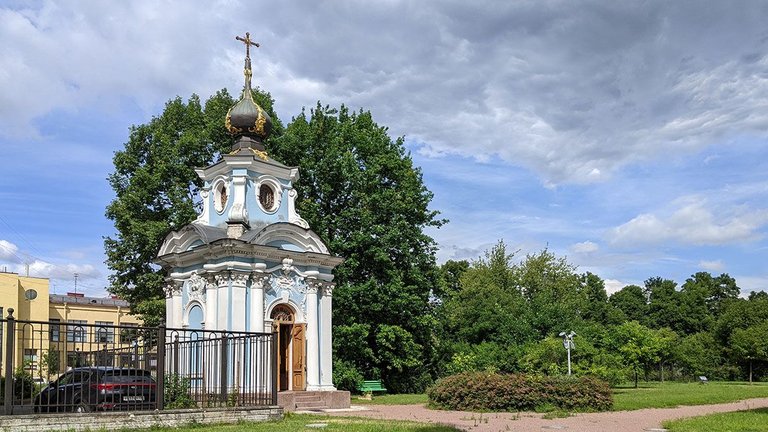
In the early 19th century, the neighbourhood continued to live a quiet pastoral life. Here stood wooden houses, dairy farms, vegetable gardens. All the products of these farms were easily sold in the markets on the opposite bank of the river. The Industrial Revolution changed the face of the area. Industrialists realised the benefits of the location and the area began to be built up with factories and mills.
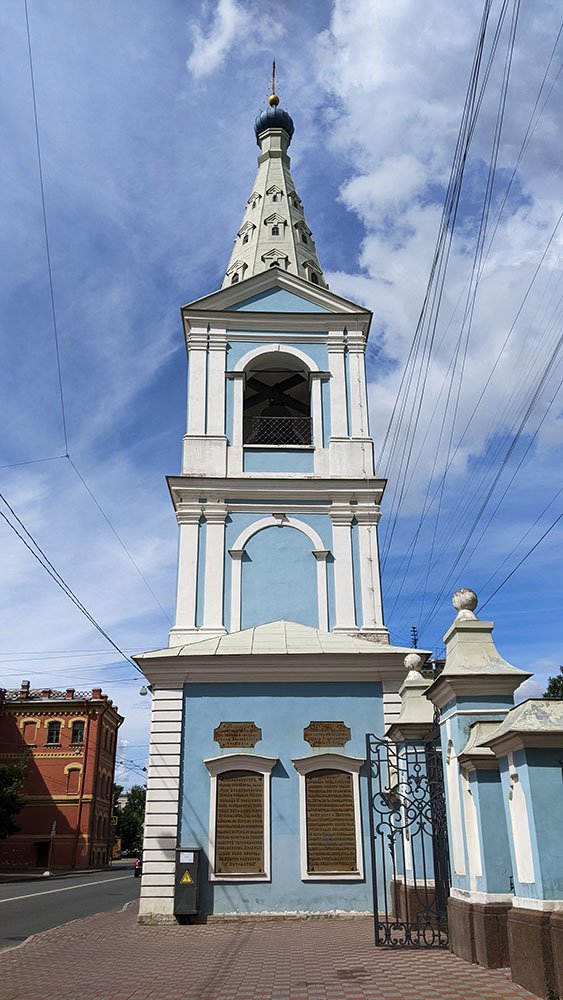
Therefore, during the walk you can see here quite a lot of industrial buildings made of red brick - this is how factories and plants looked in the late 19th century and early 20th century. There are also a lot of apartment blocks of the same time, they were built on the place of old wooden houses. There are almost no wooden buildings preserved. Most of the apartment buildings have rather simple architecture, but sometimes there are mansions of factory owners and managers, as well as beautiful Art Nouveau buildings. In the early XX century, when the popularity of Art Nouveau style was at its peak, this neighbourhood was no longer a remote backwater and investors began to build profitable houses here.
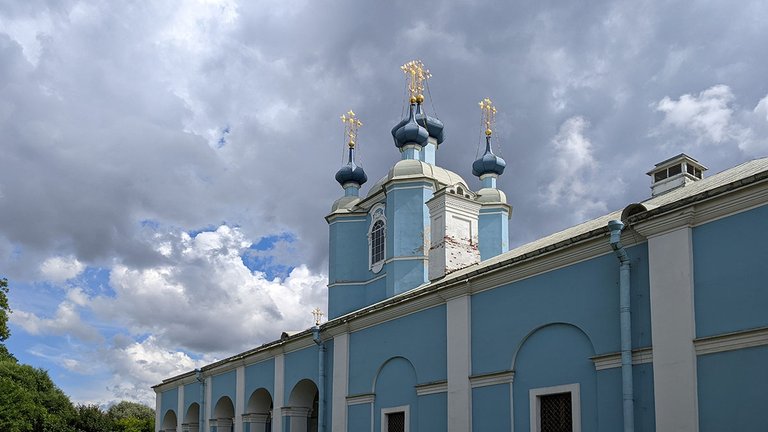
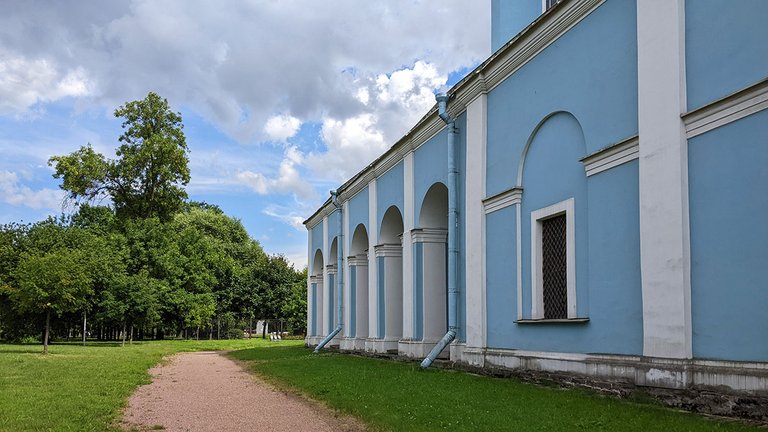
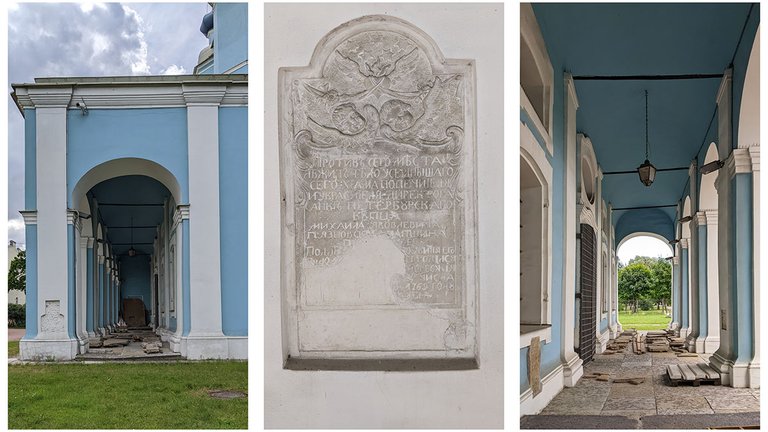
The development of this neighbourhood dates back to the second half of the 19th - early 20th century. But here is also one of the monuments of church architecture of the XVIII century, it is Sampsonievsky Cathedral. The first wooden church on this place was laid in 1709, but in 1720s the construction of a stone church began. Three buildings were erected on the church territory: a cathedral in the name of St Sampsonius, a bell tower and a chapel. The cathedral and the bell tower date back to the first half of the XVIII century, and the chapel, built in a similar style, was built in the early XIX century.
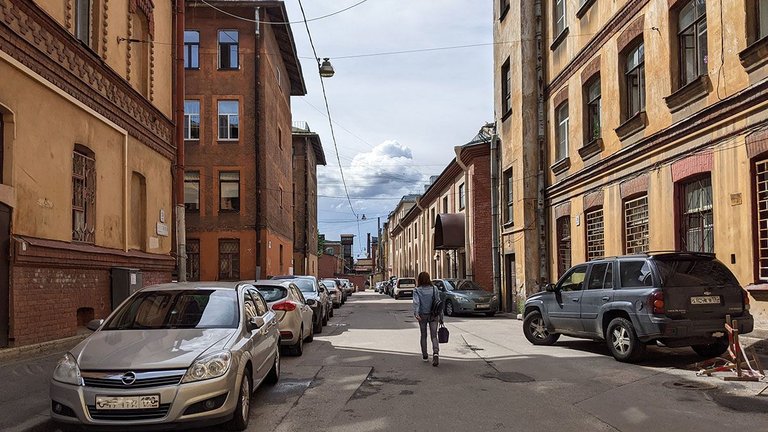
I am walking along Bolshoi Sampsonievsky Prospekt. The avenue gets its name from Sampsonievsky Cathedral. The next address on my route is Nobel Town. These buildings were erected by the factory owner Ludwig Nobel (Alfred Nobel's older brother) for the workers of his factories. The houses for the workers formed a whole street, which was called Nobel Lane.
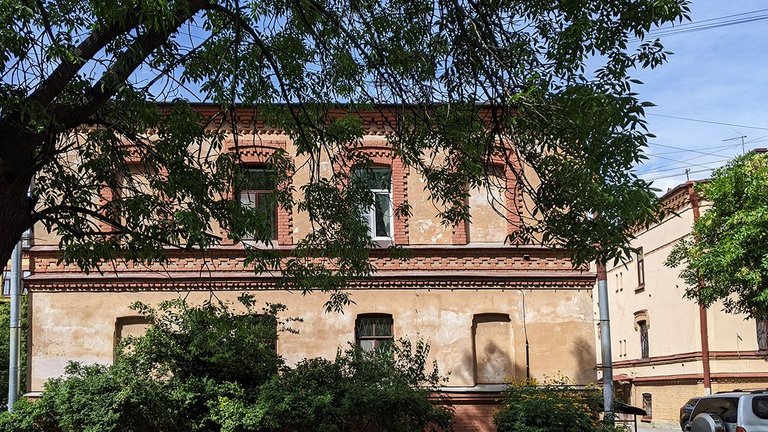

Nobel Lane starts at the entrance hall of Nobel's factory and ends with a tall, beautiful Art Nouveau building. The workers' houses look very cosy, but if you look closely, you will notice that the cheapest architectural techniques were used to decorate these buildings. The architectural decoration of the facades is made with brickwork. Such decor preserves attractive appearance for decades and does not require frequent repairs and renovations. Nobel Lane bumps into Lesnoy avenue, behind the avenue there is a beautiful two-storey mansion of the factory owners surrounded by a garden.
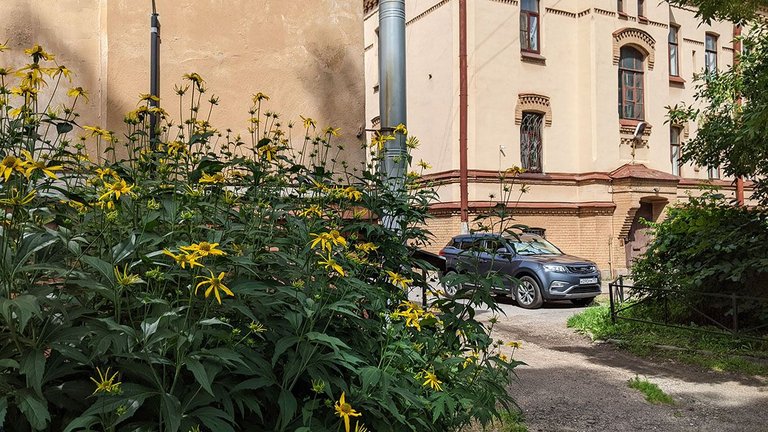
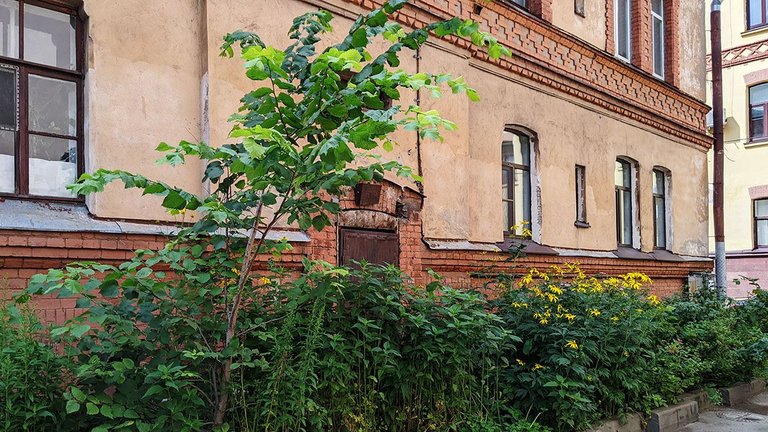

At the end of the walk I take a photo of the mosaic panel on the wall of the old building, which bears the name "Man and Space". This panel is quite difficult to photograph from a distance, it is located on a busy street and there are always too many wires, poles, pavilions and other unnecessary details in the frame. The upper part of the panel depicts an astronaut in a spacesuit, and below are the 12 signs of the zodiac.

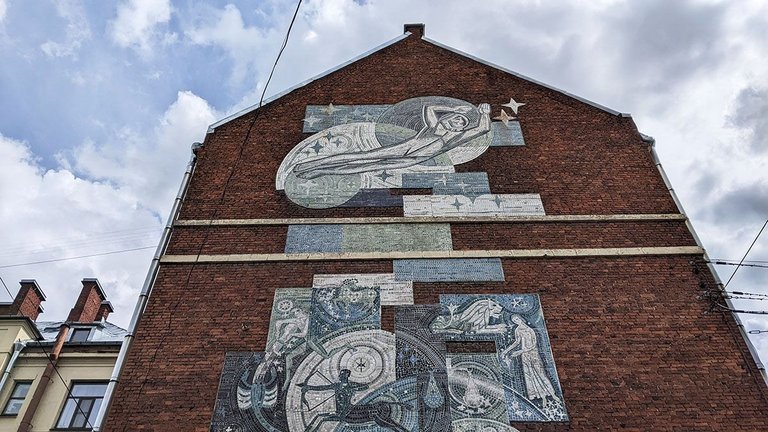

| ○ | ○ |
|---|---|
| Smartphone | Google Pixel 3a |
| Location | Saint Petersburg, Russia |
This is my entry for the #WednesdayWalk challenge by @tattoodjay.

